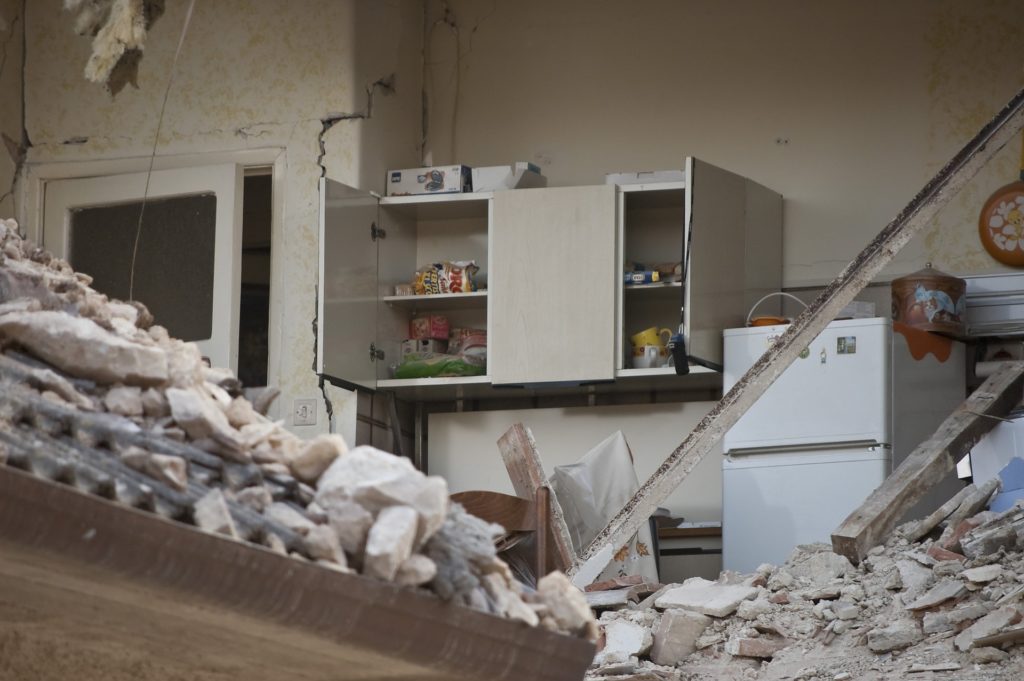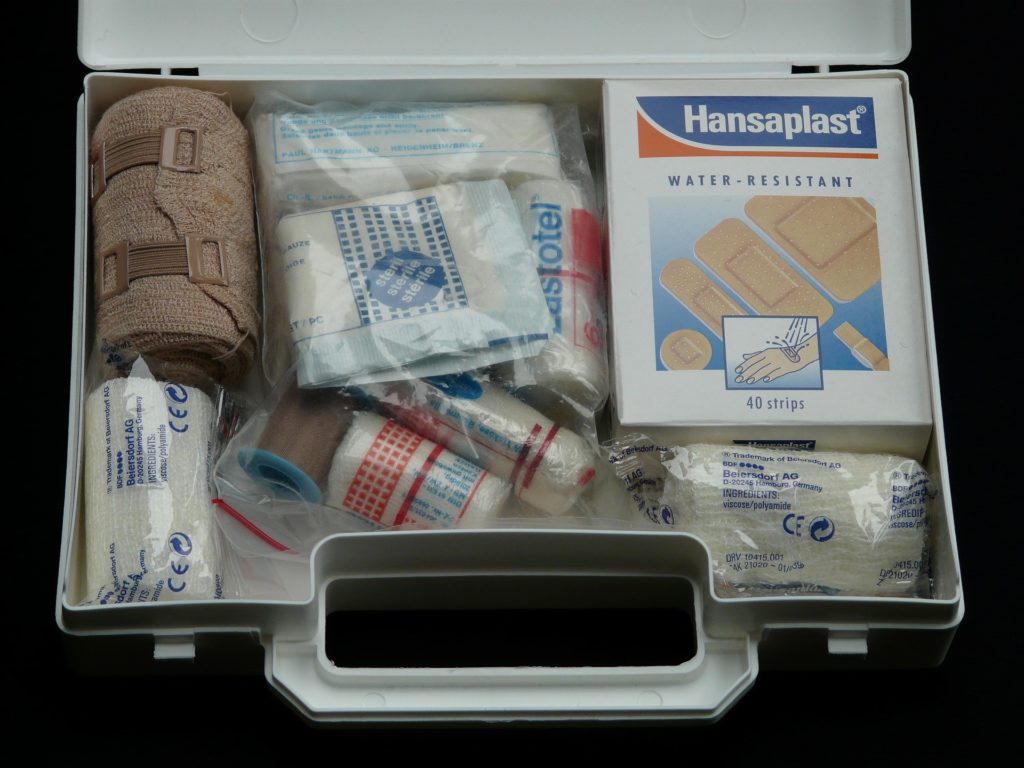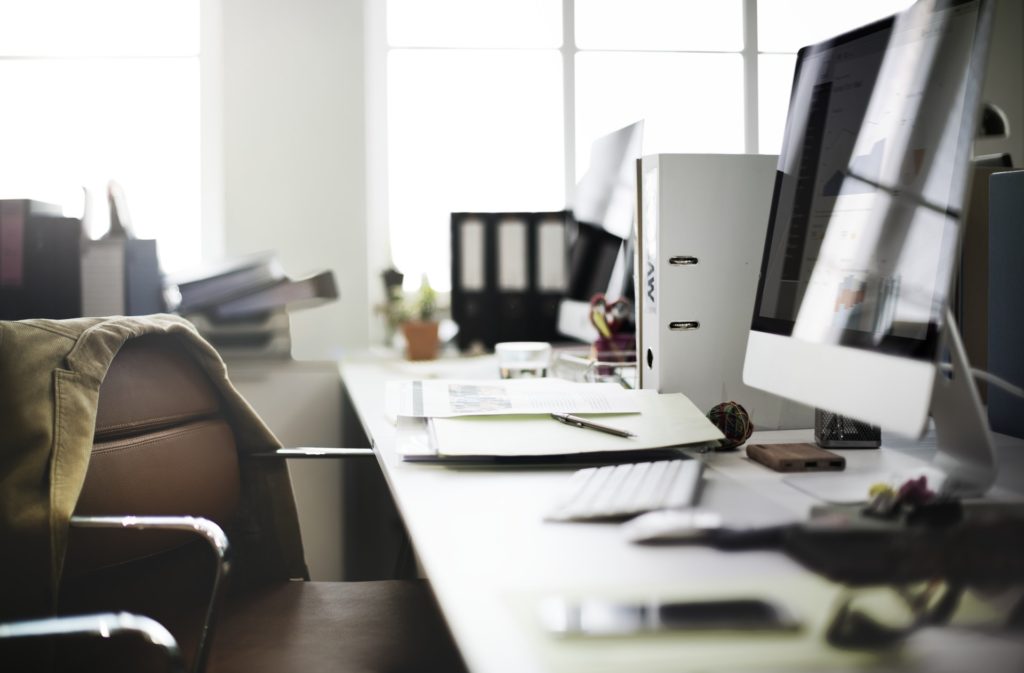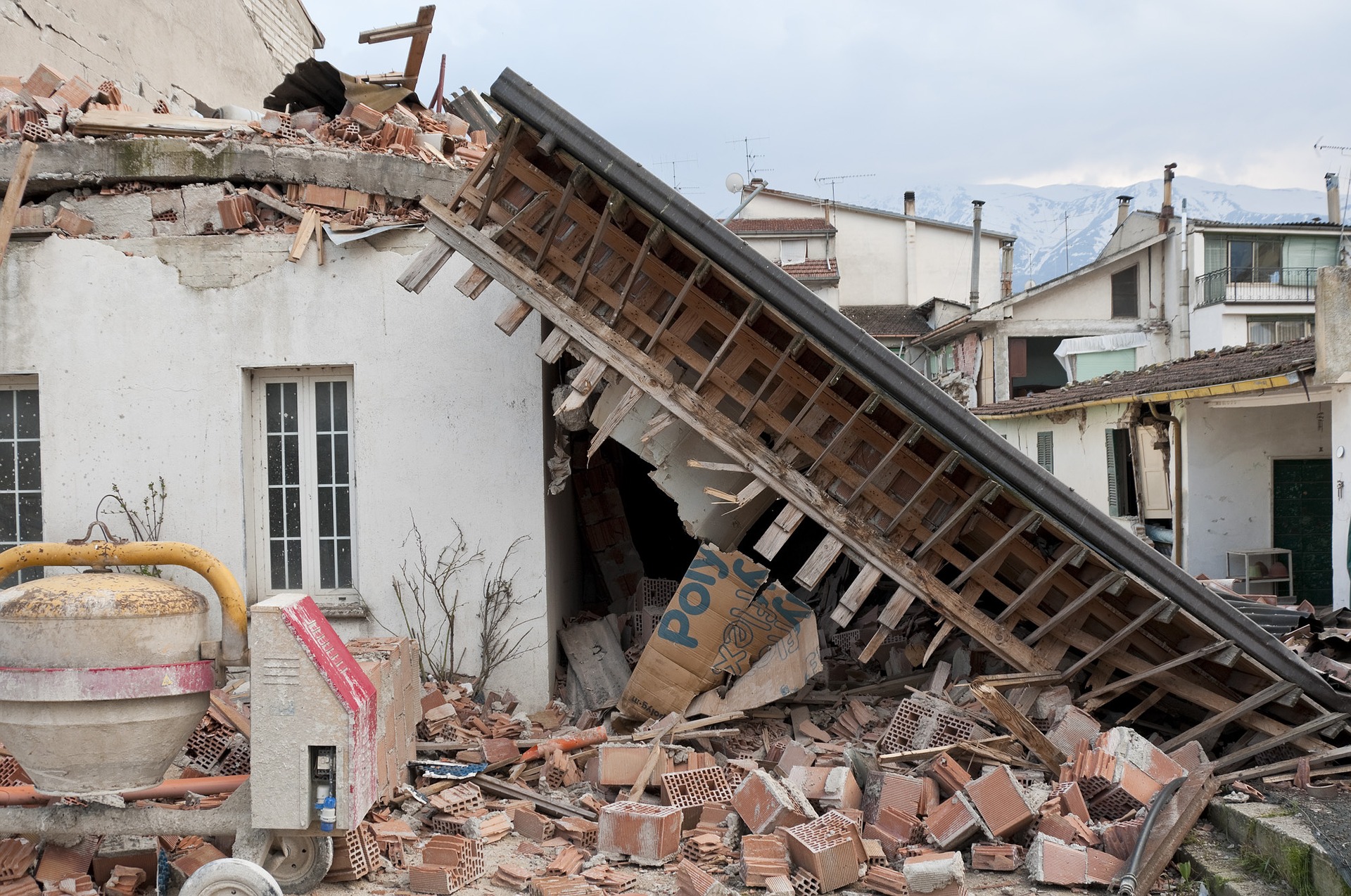Earthquakes are a natural disaster that can’t be avoided. But, there are things you can do to prepare for one. Besides practicing your “Drop, Cover, and Hold On” routine, you should seriously consider packing an earthquake survival kit – if you don’t already have one.
The Importance of an Earthquake Survival Kit
An earthquake can strike anytime, anywhere. That’s why it’s crucial to be prepared before one happens. In fact, British Columbia has been bracing for the “big one” for some time now, and there’s a 1 in 4 chance that it can happen in the next 50 years. With the threat of a mega-quake looming, you should do everything you can now to prepare yourself for the future. Having an earthquake kit can be your ticket to survival when you’re stuck in the middle of a natural disaster.

What to Pack in an Earthquake Survival Kit
Not sure what to pack in an earthquake survival kit? Keep our list handy so you know what to put in your own earthquake kit.
Food and Water
- Water: You’ll need 4L of water per person per day. Keep a 3-day supply of bottled water for a grab-and-go earthquake kit and a 2-week supply for an at-home kit.
- Food: Pack non-perishable and canned foods such as protein bars, canned fish, dried fruits and nuts, and cereal. Don’t forget to add a manual can opener, and replace food as it expires.
- Baby supplies: For little ones in the family, pack essentials like formula, baby food, diapers, and bottles.
Medical Supplies
- First aid kit: Buy one at your local pharmacy or pack one yourself. Be sure to include important medical supplies like bandages, gauze, alcohol wipes, scissors, and tweezers.
- Prescription medication: Pack essential prescriptions and replace them as they expire.

Survival Essentials
- Flashlight: Keep a reliable flashlight or headlamp, including spare batteries.
- Clothing: Pack one change of all-weather clothes, including comfortable shoes. A rain jacket or poncho is also a must.
- Glasses and contact lenses: If you wear them, keep spare glasses or contacts handy. And don’t forget contact lens solution.
- Sleeping bag: Pack a lightweight or mylar sleeping bag to stay warm because you never know where you’ll have to sleep.
- Toiletries: Stock up on everyday items like toilet paper, toothbrushes, and toothpaste. Don’t forget hand sanitizer or wipes to keep your hands clean.
- Cash: Cash is king, especially if ATMs are down and credit card machines don’t work.
Communication Tools
- Radio: Pack a radio and spare batteries to keep up with the news.
- Power pack: For recharging your phone, keep a fully charged power pack and USB cable handy.
- Whistle: Keep a whistle in the kit in case you need to draw attention to yourself.
Where to Keep an Earthquake Survival Kit
There’s no guessing where you could be if and when an earthquake happens. So, it’s important to prepare yourself for any scenario and keep an earthquake survival kit at home, in the car, and at your workplace. For the home, keep both a stationary and grab-and-go kit available, so you’re prepared whether you have to stay inside or flee your home. For the car, consider additional items like jumper cables, a map, and a fire extinguisher. For the office or workplace, keep your kit in an easy-to-access spot so you can grab it and go if an earthquake ever hits.

Besides protecting yourself with an earthquake survival kit, don’t forget to look after your home with proper insurance. Talk to one of our insurance specialists today about our earthquake coverage add-on for home and tenant insurance.
